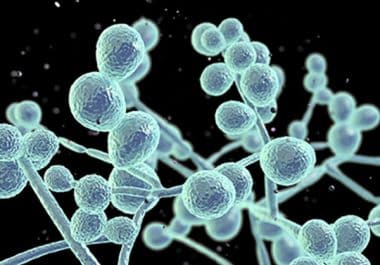
The Fungus Within Us: The Mycobiome’s Emerging Role in Cancer
What comes to mind when you think of a fungus? A mushroom? A case of athlete’s foot or ringworm? ...


What comes to mind when you think of a fungus? A mushroom? A case of athlete’s foot or ringworm? ...
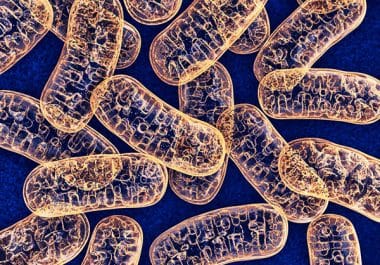
You’re feeling sluggish. You eat a banana. You feel better. We all know that a calorie-rich snack can provide...
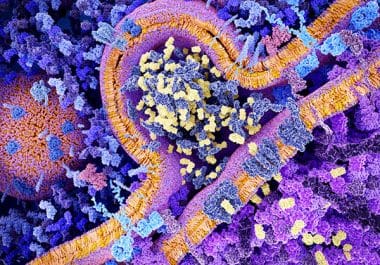
For the sixth time since 2015, researchers, clinicians, drug developers, patient advocates, and other stakeholders convened at the International...
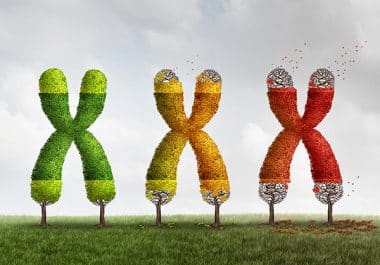
Imagine your DNA as a shoelace. What would happen to the ends if there were no aglets there to...

Black Americans are more than twice as likely to die from prostate cancer than white Americans, highlighting a major...
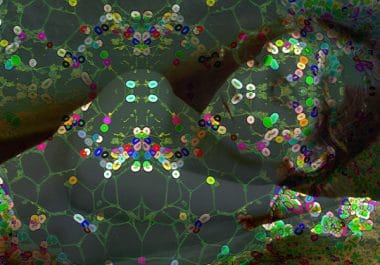
Sometimes referred to as stage 0 breast cancer, ductal carcinoma in situ (DCIS) is a noninvasive growth of abnormal...

Most breast cancers express the estrogen and/or progesterone hormone receptors, which fuel tumor growth upon engagement with their respective...
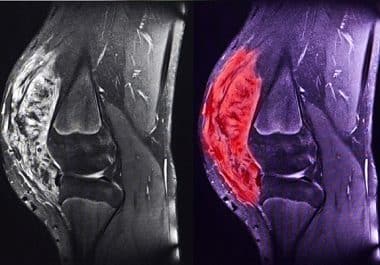
Accounting for less than 1 percent of all newly diagnosed cancers in the United States each year, sarcomas are...

Twenty-three pairs of chromosomes make up the human genome of normal cells. But in 1965, researchers observed that in...

Seven immune checkpoint inhibitors, targeting the PD-1, PD-L1, or CTLA-4 proteins, are currently approved for the treatment of cancer....